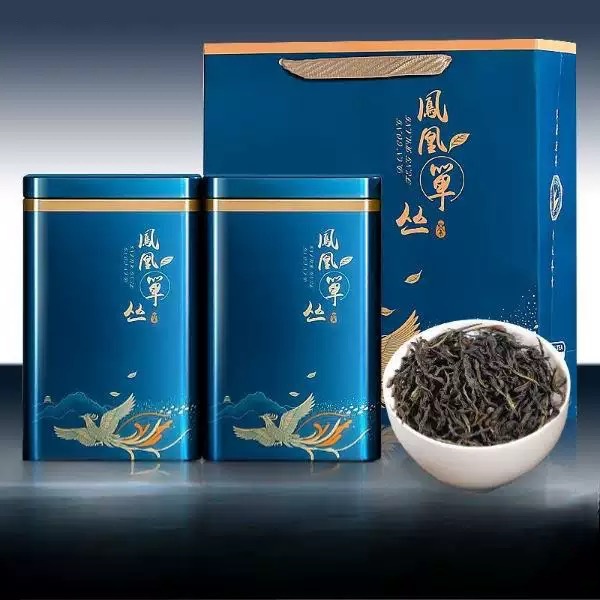
# The Origin and Historical Development of Oolong Tea
## Introduction to Oolong Tea
Oolong tea, a traditional Chinese tea, occupies a unique position between green and black teas. Its partially oxidized leaves produce a distinctive flavor profile that has captivated tea enthusiasts for centuries. The name “oolong” translates to “black dragon” in Chinese, a reference to the dark, twisted appearance of the tea leaves.
## The Mysterious Origins
The exact origin of oolong tea remains shrouded in legend and historical ambiguity. Most scholars agree that oolong tea production began during the Ming Dynasty (1368-1644) in China’s Fujian province. The Wuyi Mountains region is often cited as the birthplace of this unique tea variety.
One popular legend attributes the discovery of oolong tea to a tea farmer named Wu Liang (later corrupted to “oolong”). According to the story, Wu was distracted by a deer while picking tea leaves, causing him to delay processing the leaves. When he finally returned to them, they had begun to oxidize, creating a new type of tea with remarkable flavor.
## Development During the Qing Dynasty
Oolong tea production flourished during the Qing Dynasty (1644-1912). The imperial court developed a particular fondness for high-quality oolongs from Fujian, especially those from the Wuyi Mountains. Tea masters refined processing techniques during this period, establishing the characteristic steps of withering, bruising, oxidation, and firing that define oolong production today.
Keyword: Origin and History of Oolong Tea
During the 18th century, oolong tea became an important export commodity. The British East India Company began importing large quantities of oolong from Fujian, particularly the famous “Bohea” teas from the Wuyi region.
## Spread to Taiwan
The cultivation of oolong tea spread to Taiwan in the 19th century. Chinese immigrants brought tea plants and processing knowledge from Fujian to the island. Taiwan’s unique climate and mountainous terrain proved ideal for oolong production, leading to the development of distinctive varieties like Dong Ding and High Mountain oolongs.
The Japanese colonial period (1895-1945) saw further refinement of Taiwanese oolong production techniques. Japanese tea experts introduced new cultivation methods and processing technologies that helped establish Taiwan as a premier oolong-producing region.
## Modern Oolong Production
Today, oolong tea is produced in several regions of China (primarily Fujian and Guangdong) and Taiwan. Modern production maintains traditional methods while incorporating technological advancements for quality control and consistency.
The global appreciation for oolong tea continues to grow, with specialty tea shops and connoisseurs seeking out premium varieties. From its mysterious origins in the Wuyi Mountains to its current status as a beloved beverage worldwide, oolong tea’s journey through history reflects the rich cultural heritage of Chinese tea traditions.